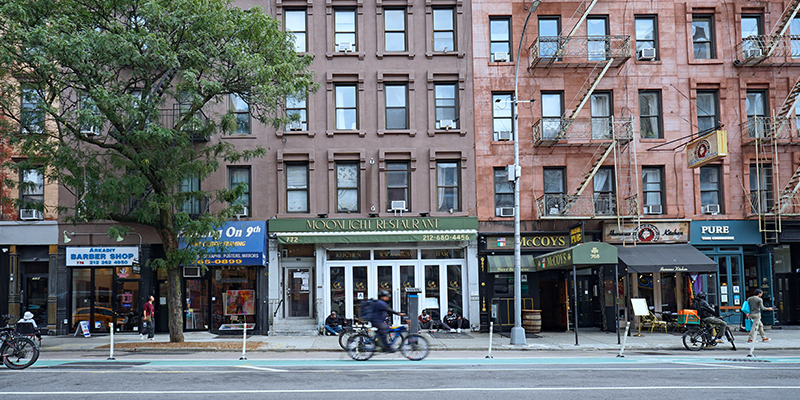As we start a new year, the office outlook is still mixed. Although more companies are requiring employees to be in the office some days per week, we are far from the high occupancy that many central business districts enjoyed before 2020. Companies are still figuring out their workplace strategies – how often to bring in employees and how to better use their space for the reality of work today.
At the same time, financing and refinancing office loans for owners is increasingly difficult. Every margin matters: How the property is managed and what improvements can be made may be the difference that prevents a forced early sale.
So, in the near term, we must find a new equilibrium in how office space is positioned. My colleagues from CORFAC International offices around the world shared what they’re seeing in the office sector and how office owners and brokers need to respond.
Five Resolutions for the Office Sector
- Invest in amenities that make a difference. The competition to add more and better amenities is challenging, but those focused on wellness, advanced connectivity, comfort and attractiveness can make it more compelling for employees to return to the office and tenants to commit to the space.
- Give tenants somewhere to gather. Reopen or bring in new cafés or casual-service food options that heighten convenience for employees and provide an inviting space away from their offices.
- Be flexible about right-sizing leases. You may need to continue to offer more flexibility, such as scalable spaces or shorter-term leases to tenants as they understand how many employees will be using their office and how often.
- Take advantage of the flight to quality. In Class A buildings you have the opportunity to lure tenants by offering upfront incentives now to bolster occupancy. Once they’re established in the building, tenants will appreciate the amenities, design, location, and other features and be more likely to renew at market rates when the time comes.
- Be ready to act as the rally continues. We know that offices aren’t obsolete. In fact, many large employers that once said they would be remote-first are now walking back those plans and requiring employees to come in. Through the resurgence of dining and entertainment, many urban areas around the world are bustling again. Rising interest rates and inflation have impacted deal activity and new construction, but the feared recession hasn’t happened. Some owners and investors may find opportunities now that will pay off as occupancy rates rebound.
To continue to entice employers to sign office leases – and to encourage their employees to use the space – office owners, property managers, and brokers need to take a creative approach to refining space, negotiating leases, and adapting with the changing marketplace. It’s imperative to understand trends in your region, particularly what the large employers are doing, and to seek trusted advisors and deal partners if it’s time to refinance or make capital investments.








